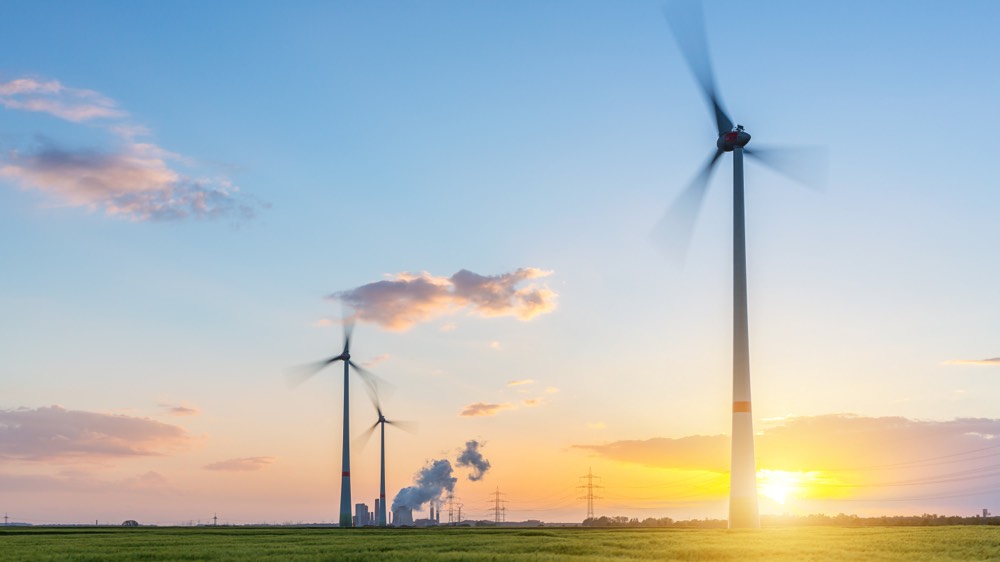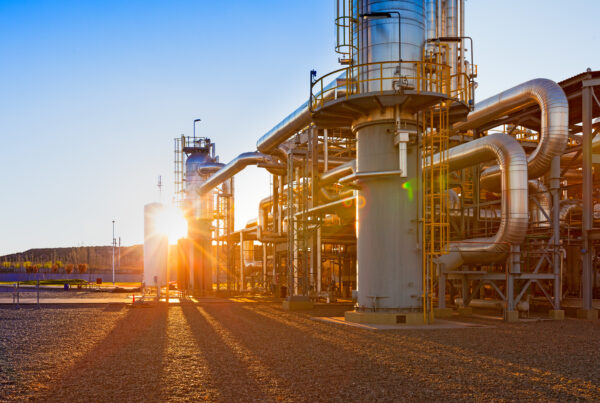
As nuclear capacities start ramping down, correctly assessing risks for renewables will become increasingly important for market actors. In particular, the growth of renewables is set to depress wholesale prices, and may even offset the impact of rising gas and carbon prices. To understand those interplays is key, and can help better grasp the current COVID-19 crisis, during which commodity prices plunged, and low-carbon technologies met a significant share of demand across Europe. With a focus on today’s COVID-19 crisis, and on long-term price evolutions, this report shares our outlook for long-term renewables in the French power market.
A few takeaways include:
- Beyond the impact of COVID-19 on commodities and power demand, COVID-19 resulted in delays to both renewables auctions and the maintenance schedule of EDF’s nuclear assets. While power prices are currently depressed, futures for Dec-2020 are at a recent historic high, suggesting a potential delay in the operational readiness of the nuclear fleet for this winter
- Mainly driven by the rise in commodity prices, our central scenario sees baseload prices increasing from 33 €/MWh in 2020 to 58 €/MWh by 2050 (real 2019). Outcomes over the period of 2035 – 2045 will be predominantly affected by the pace of nuclear reactors decommissioning
- Onshore wind capture prices are expected to increase alongside baseload prices, reaching an annual average of 52 €/MWh in the 2030s. On the other hand, solar capture prices remain relatively stable at an average of 40 €/MWh from the mid-2020s due to high levels of cannibalisation
- Considering a full range of market and policy uncertainties, as well as their related levels of correlation, we see a Low Case for onshore wind and solar capture prices of 37 EUR/MWh and 27 EUR/MWh respectively (average in the 2030s).
This is subscriber-only content. Not a subscriber yet? Find out more about our French Power package.






